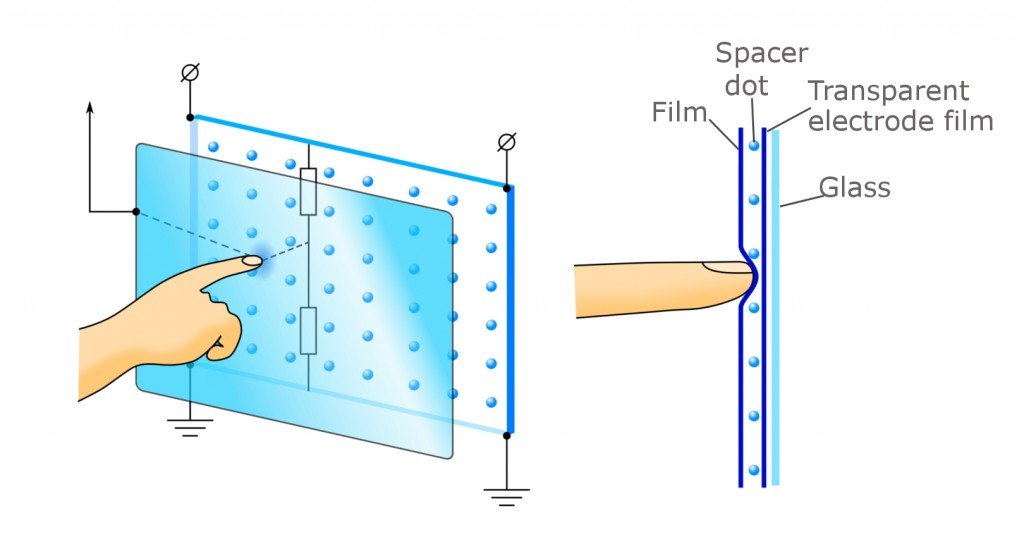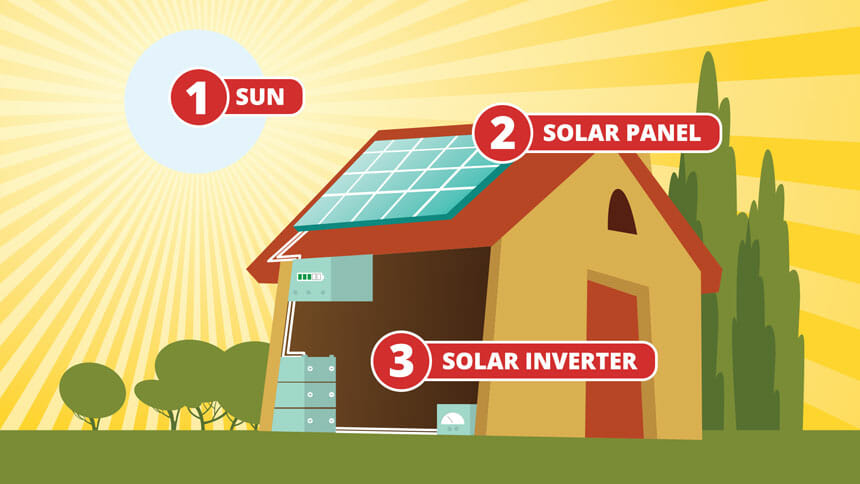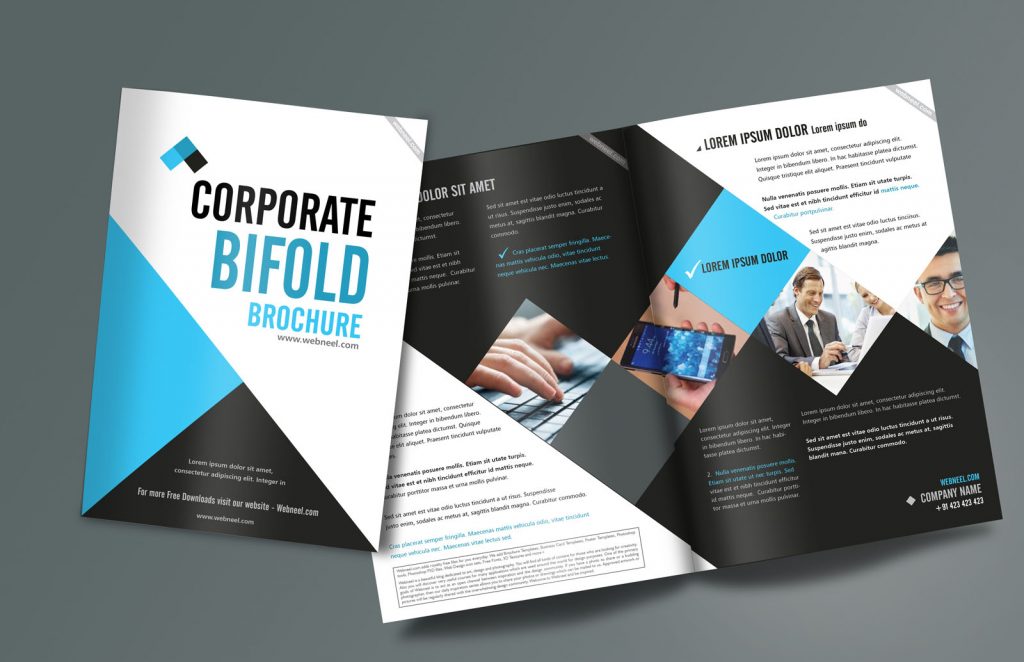How does a touch screen work?
It is a display device that permits the user to interact with the computer with the help of using a finger digital signage malaysia. A touch screen founds alternatively for the mouse and keyboard for navigating a GUI. This one is used on a variety of devices, for example, computers, laptops, smartphones, tablets, cash registers, etc. To sense the presence of a finger it uses the infrared beams instead of touch-sensitive input.
The idea of the touch screen was first born in 1965 by Johnson. After that in 1975, the touch screen was developed and updated by CERN engineers. This product is utilized by the people in 1973. The resistive touch screen was first founded and developed by George Samuel Hurst. Nowadays the touch screen is more popular in the retail store marketing, people giving more interest to buy this one. In this touch screen technology, it involves the projection screen display and many more.

How to use the touch screen?
The entire touch screen will not have the same functions interactive digital signage, but the action is most common on the touch screens. Most of the people want to buy the multimedia display in retail/front store, because people feel so comfortable with this touch screen technology for the multimedia purpose.
Tap – A rare touch or tap on the screen with a finger begins an app or choose an object. When compared to a classical computer, a tap is similar to clicking with a mouse.
Double-tap – A double-tap can have separate functions depending on where it is used. For example, in a browser, double-tapping the screen zooms the view, met at the tap location. Double-tapping in a text editor chooses a word or part of words.
Touch and hold – Touching and holding your finger to a sensor screen chooses or highlights an object. For example, you could touch and keep an icon, and then drag it some whence else on the screen.
Drag – Touching and holding your finger on a mobile object, such as an icon, you can move your finger to “pull” the object to a distinct location. The same action, used with text, permits you to highlight text. Uplift your finger when you are done moving or highlighting.
Swipe – Swiping your finger beyond the screen scrolls in a specified path or change pages. For example, touching your finger at the base of the screen and instantly moving it up (swiping) scrolls the screen down.
Pinch – Putting two fingers on the screen in various spots and then pressing them together zooms in. Holding your fingers together and then passing them apart from each other, zooms out on the screen.

How touch screen differs from a mouse?
One of the most notable variations between a mouse and a touch screen is the capability to hover. Nearly all touch screens can only catch input when your finger is in straight contact with the screen. Though, a computer mouse uses a cursor that permits the user to observe the information by passing the pointer over an object, but not snapping on it.
Touch Screen technologies:
The entire touch screen will not have the same functionalities. Let see some of the screen technologies below
- Capacitive touch screen
- Resistive touch screen
- Surface wave touch screen
- Infrared touch screen





